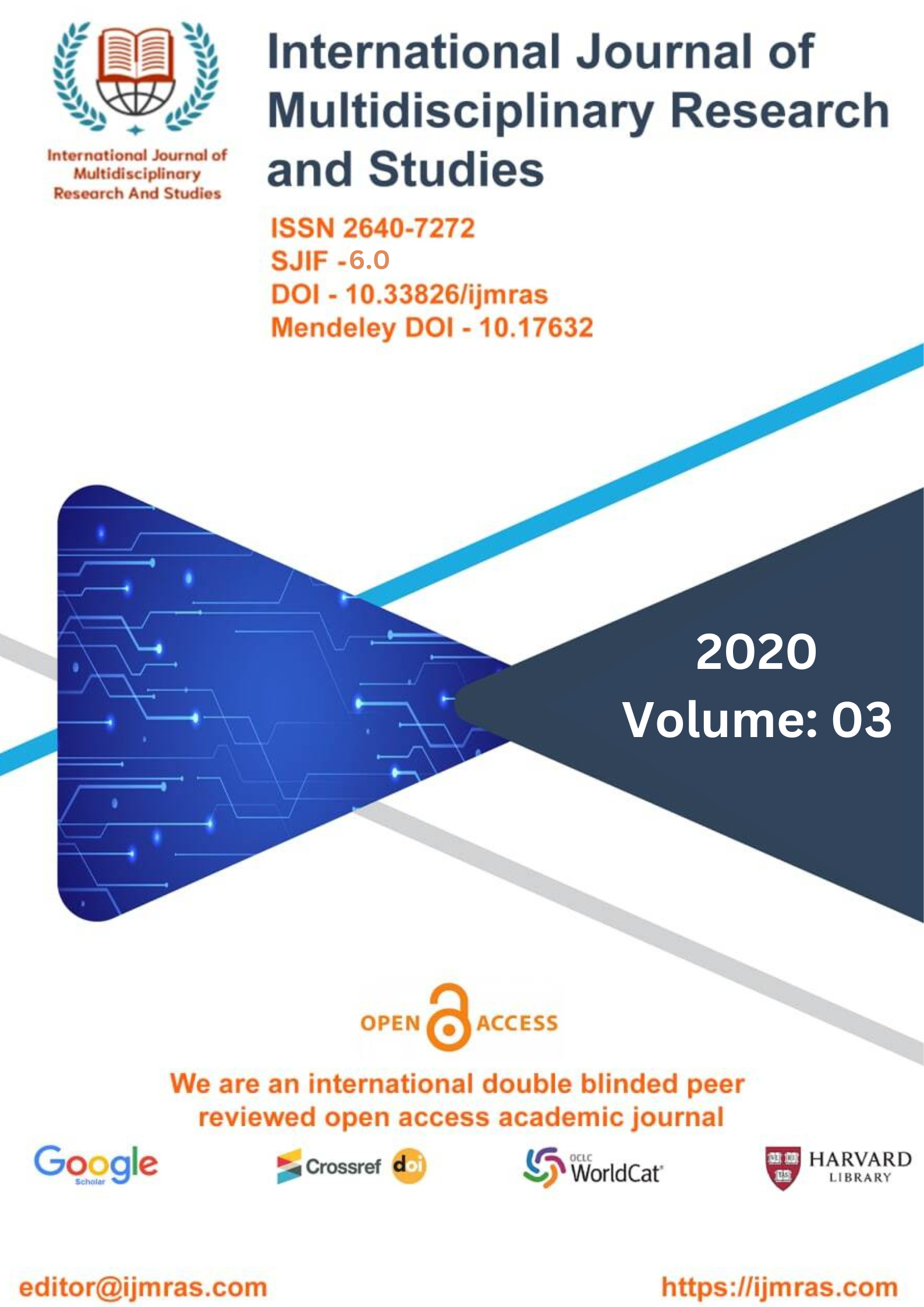SYSTEM-WIDE ROUTING BASED MECHANISMS FOR ALLOCATING SERVICE QUALITY TO SPECIFIC NETWORK FLOWS

Abstract
Numerous studies have been done on the different methods that traditional networks employ to offer QoS. Most of these are just theoretical inquiries that haven't been significantly scaled up for the Internet. One of the contributing elements may be that the proprietary protocols that the providers put in the network equipment are, for the most part, unchangeable and cannot be modified by end users. Because networking device makers want to keep their technological implementations concealed behind closed doors rather than share them with the public, programming networks is often challenging. This reduces the network's flexibility and makes controlling it more challenging. The actions of the network administrators cannot be changed in any way to fulfill the requirements of the end applications.
Keywords
Mechanisms, Network, network equipmentHow to Cite
References
ITU-T,“One way transmission time,itu-t recommendation g.114, ” 2003. Available a thttps: //www. itu. int/rec/T-REC-G. 114-200305-I.
R. Braden, D. Clark, andS. Shenker, “Integrated services in the internet architecture: an overview. rfc1633, ”1994.
L.Zhang,S.Berson,S.Herzog,and S.Jamin,“Resource reservation protocol (rsvp)–version1functionalspecification. rfc2205, ”1997.
X.Xiao and L.M.Ni, “Internet qos: A big picture, ”IEEE network,vol.13, no. 2, pp. 8–18, 1999.
K.Nichols,D.L.Black,S.Blake,and F.Baker,“Definition of the differentiated services field (dsfield) in the ipv 4 and ipv6 headers. rfc2474, ”1998.
Z. Wangand J. Crowcroft,“Quality-of-service routing for supporting multimedia applications, ” IEEE Journal on selected areas in communications,vol.14,no.7, pp. 1228–1234, 1996.
S.Chen and K.Nahrstedt,“An overview of quality of service routing for next-generation high-speed networks: problems and solutions, ”IEEE network,vol.12, no. 6, pp. 64–79, 1998.
M. Curado and E. Monteiro, “A surveyofqosroutingalgorithms, ”inProceedings of the International Conference on Information Technology (ICIT2004), Istanbul, Turkey, 2004.
F. Kuipers, P. Van Mieghem,T.Korkmaz,and M.Krunz,“An overview of constraint-based path selection algorithms for qos routing, ”IEEE Communications Magazine, vol. 40, no. 12, pp. 50–55, 2002.
T. Korkmaz and M. Krunz, “Multi-constrained optimal path selection, ”in IEEE INFOCOM, vol. 2, pp. 834–843, Citeseer, 2001.
A. Juttner, B. Szviatovski, I. M´ecs, andZ. Rajk´o, “Lagrange relaxation based method for the QoS routing problem, ” in INFOCOM 2001.TwentiethAnnualJointConferenceoftheIEEEComputerandCommunicationsSocieties. Proceedings. IEEE, vol. 2, pp. 859–868, IEEE, 2001.
X.Masip-Bruin,M.Yannuzzi,J.Domingo-Pascual,A.Fonte,M.Curado,
E. Monteiro, F. Kuipers, P. Van Mieghem, S. Avallone, G. Ventre, etal. , “Research challenges in QoS routing, ”Computer communications, vol.29, no.5, pp. 563–581, 2006.
S. Chen, M. Song, and S.Sahni, “Two techniques for fast computation of constrained shortest paths, ” IEEE/ACM Transactions on Networking (TON), vol. 16, no. 1, pp. 105–115, 2008.
License
Copyright (c) 2020 Akhilesh Kumar

This work is licensed under a Creative Commons Attribution 4.0 International License.
Individual articles are published Open Access under the Creative Commons Licence: CC-BY 4.0.



